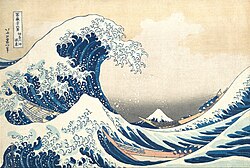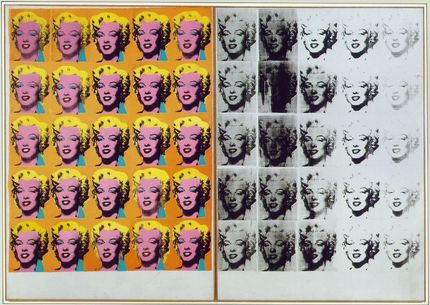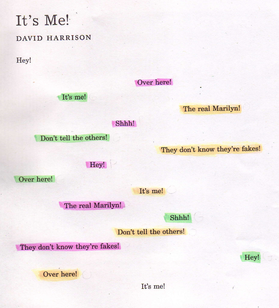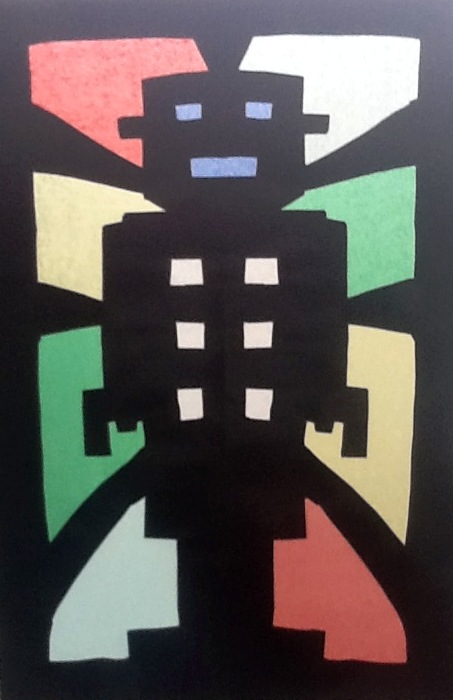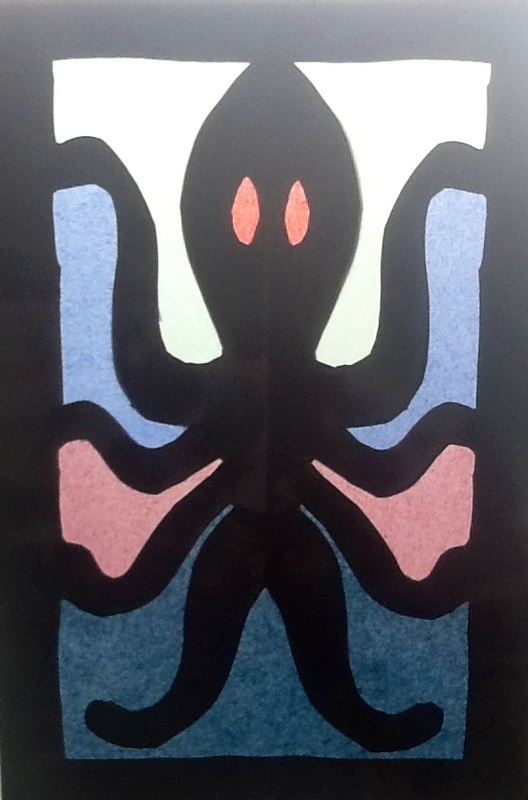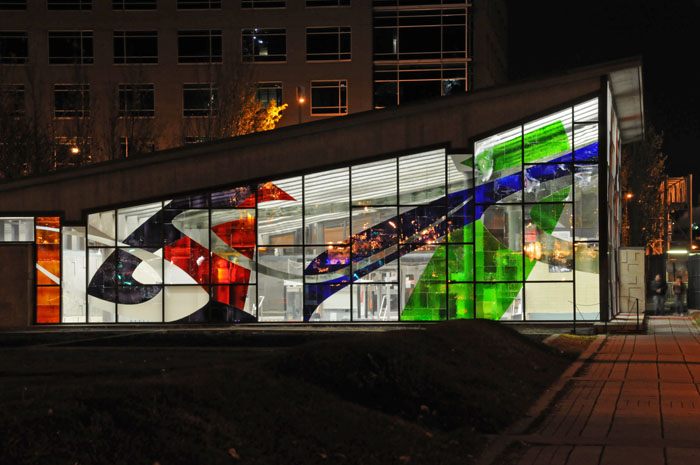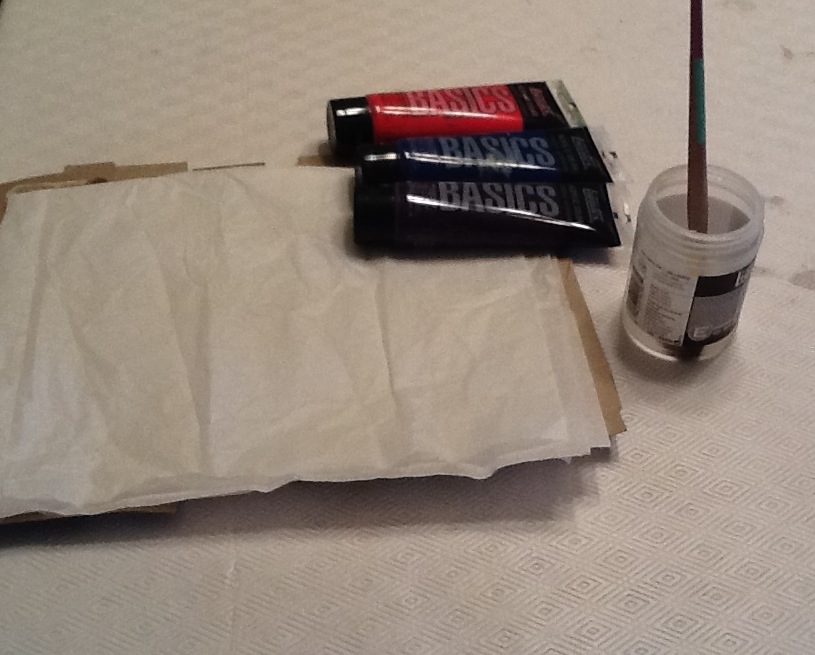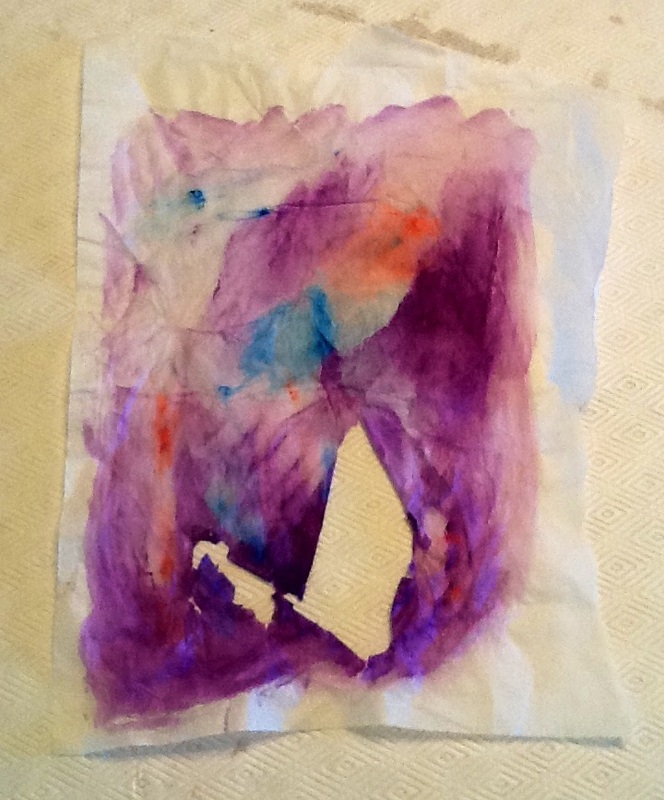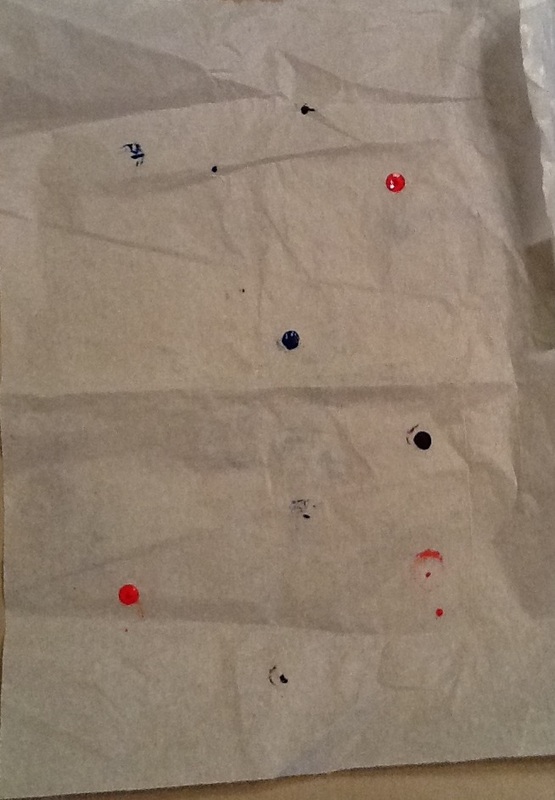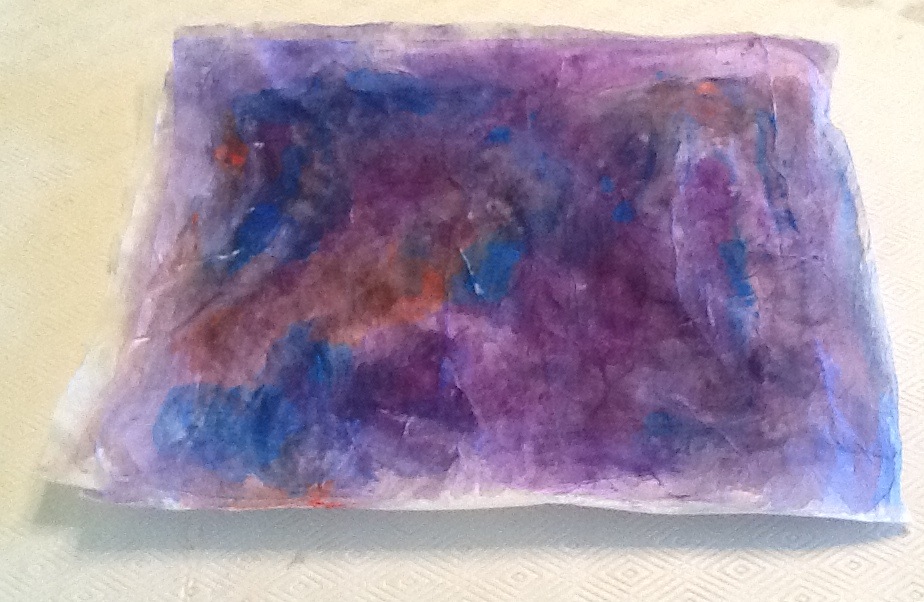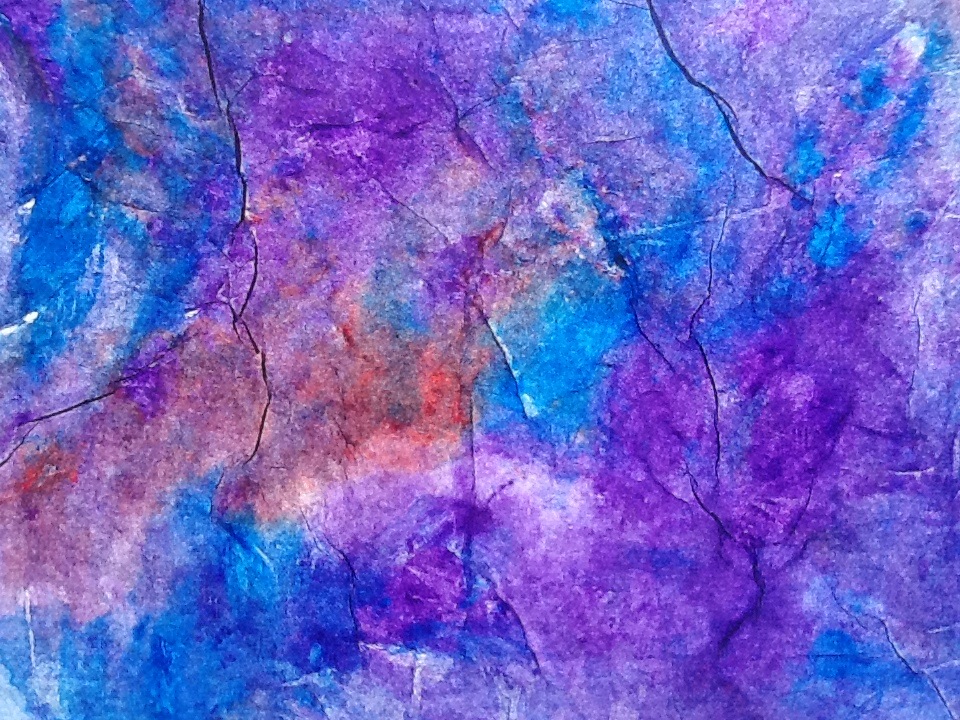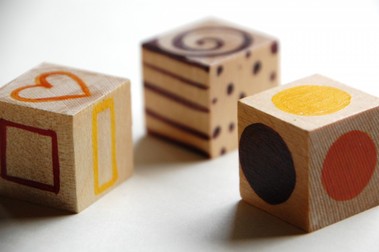 |
| Source: http://tinkerlab.com/2011/03/art-dice/ |
I recently found this tool for creating art on tinkerlab.com. Art dice offer the perfect solution for students who fear the blank page. Using these dice can also work as a method to introduce or explore shapes, line, texture, colour, and other drawing skills.
I couldn't find wooden blocks so I created some printable paper art dice templates that you can download by clicking on the links for Colour, Line, and Shape Dice.
Have fun drawing!
Looking for another easy way to create art and introduce students to different art materials? Check out my mixed media mystery art post.





